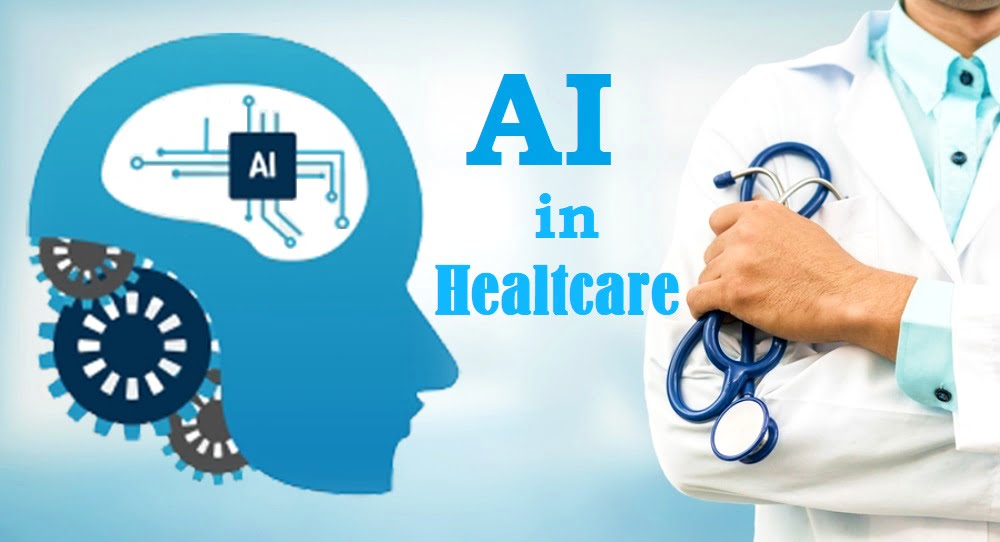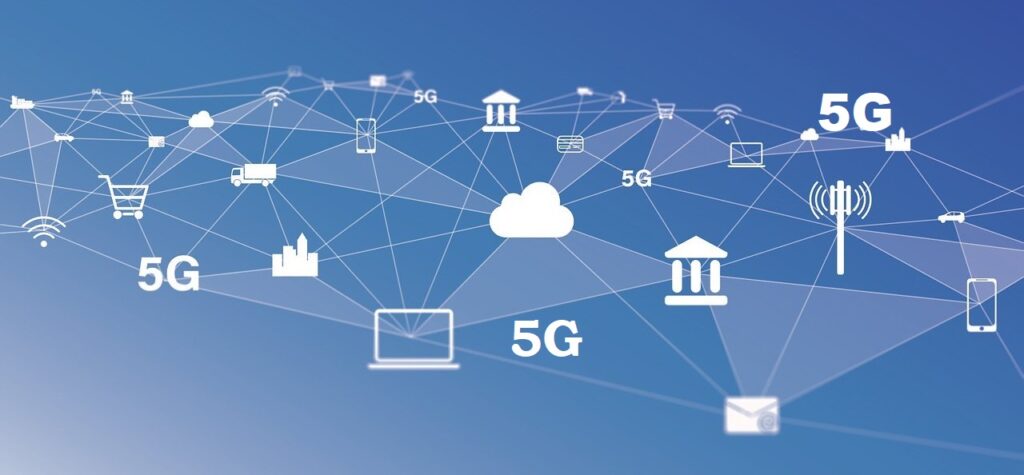There is a significant impact of the Internet of Things (IoT) on industrial automation. IoT is a game-changer technology for automation companies and adds many useful values to industrial equipment.

What are the Applications of the Internet of Things ( IoT) in Industrial Automation?
The Internet of Things plays a vital role in industrial automation. IoT helps the automation industry to create new technologies for solving problems, enhancing operational flexibility, and increasing productivity and manufacturing.
The main goal of the Internet of Things in industrial automation is to replace humans with machines from more dangerous work environments and tasks.
Industrial IoT provides engineers and solution architects with an entire, high-quality design environment to create efficient, affordable, and responsive system architectures and drastically accelerate the development and delivery of IoT applications.
Key Applications of IoT in Industrial Automation
Today, The Internet of Things is widely used in the industrial automation system.
In the field of industrial automation, with the shift of applications and services to cloud computing, the main modes of data and computing locations have been changed, which has also brought disruptive changes to the field of embedded devices.
The development of the new manufacturing industry is based on the application of automation technology.
From the perspective of “management, control, and intelligence”, the Internet of Things and industrial automation are in the same line.
Industrial automation includes collection, transmission, and calculation. The Internet of Things is comprehensive perception, reliable transmission, and intelligent processing. The application of the Internet of Things has changed the passive data collection methods in the traditional automation technology.
Traditional industrial production adopts the Machine to machine (M2M communication mode to realize the communication between machines, while the Internet of Things realizes the intelligent and interactive seamless connection between people, machines, and systems using IoT technology.
As a result, companies are more closely connected with customers and markets, and companies can perceive the rapid changes in the market.
For example, in the iron and steel industry, the existence of the Internet of Things enables management decision-makers to grasp price increases and changes in raw materials in real-time, so as to make accurate and reasonable adjustments to production management, thereby improving management efficiency.
By integrating the Internet of Things into the factory production equipment, you can monitor various pollution sources generated in the factory in real-time. By applying sensors to equipment and oil and gas pipelines, you can perceive the safety status information of workers, equipment, machinery, and surrounding environments.
IoT technology can also monitor the transportation of dangerous goods and describe the characteristics of each batch of transportation and each batch of materials. In this way, the raw materials in each container or bulk cargo can be traced to provide more security.
In addition to tracking and monitoring hazardous chemicals throughout the manufacturing process, factories must become more cautious than in the past due to the demand for water, oil, and gas transportation and equipment remote control during the manufacturing process.
The application of the Internet of Things in smart factories has a wide range of application prospects, with obvious economic and social benefits.
A smart factory with the Internet of Things can achieve at least the following five functions, namely: electronic work orders, transparency of the production process, controllable production process, accurate statistics on production capacity, and electronic billboards in the workshop.
Through these five functions, not only can the visualization of manufacturing process information be realized, but also have many effects on production management and decision-making.
Application areas of the Internet of Things in industrial automation may include:
- Logistics, supply chain, and warehousing management systems.
- Industrial production process tracking, progress monitoring, quality tracking, etc.
- The monitoring, tracking and anti-counterfeiting application system for valuable commodities and dangerous goods.
- Electronic certificates for large-scale meetings, electronic tickets for large-scale events, concerts, scenic spots, and others.
- Traffic charges, long-distance automatic identification and management of various types of vehicles.
- Traceability of the whole process of the animal and food industry chain.
- Various fields such as agriculture, disaster relief and emergency rescue.
- Valuable and important assets and retail industry.
- Military firearms management, personnel management, vehicle management, material management, security and confidentiality and other fields.
- In aviation, automobile and other fields;
- Social security field, smart city fields, etc.
The “Internet of Things” subverts the traditional thinking of human beings that physical infrastructure and IT infrastructure are completely separated. It effectively connects physical facilities such as roads and buildings with personal computers, mobile phones, home appliances, transportation facilities, and IT facilities.
Some industry experts even think: “The traditional industrial automation field is actually part of the Internet of Things.
The Industrial Internet of Things (IIoT)
The Industrial Internet of Things (IIoT) refers to the network of interconnected sensors, instruments, and devices integrated with industrial applications like manufacturing and energy management. This connectivity allows for real-time data collection, exchange, and analysis, enhancing productivity, efficiency, and safety.
IIoT systems collect vast amounts of data from connected devices, which can be analyzed to optimize operations, predict maintenance needs, and reduce downtime.
One of the primary benefits of IIoT in industrial automation is predictive maintenance. By continuously monitoring the condition of machinery and equipment, IIoT systems can predict when maintenance is needed, preventing unexpected breakdowns and extending the lifespan of assets. This proactive approach not only reduces maintenance costs but also minimizes production interruptions, leading to increased operational efficiency.
IIoT also enhances operational visibility and control. With real-time data from sensors and devices, operators can monitor production processes remotely and make informed decisions quickly. This capability is particularly valuable in industries such as oil and gas, manufacturing, and logistics, where timely decision-making is crucial for maintaining safety and efficiency.
In addition to improving efficiency, IIoT contributes to enhanced safety in industrial environments. Connected devices can detect hazardous conditions, such as gas leaks or equipment malfunctions, and trigger automatic shutdowns or alerts to prevent accidents. This real-time monitoring and response capability significantly reduces the risk of workplace injuries and environmental incidents.
The integration of IIoT in industrial automation also supports energy management and sustainability efforts. By monitoring energy consumption and optimizing processes, IIoT systems help industries reduce their carbon footprint and achieve energy efficiency goals. This not only benefits the environment but also results in cost savings for businesses.
Despite its numerous advantages, the adoption of IIoT in industrial automation comes with challenges. Ensuring the security of connected devices and data is a major concern, as cyberattacks can disrupt operations and compromise sensitive information. Additionally, integrating IIoT systems with existing infrastructure requires significant investment and technical expertise.
In conclusion, the Industrial Internet of Things is transforming industrial automation by providing unprecedented levels of efficiency, safety, and sustainability. As industries continue to embrace IIoT, they will need to address the associated challenges to fully realize its potential and drive innovation in their operations.
Read Also: The Nine Pillars of Industry 4.0: Explained




Pingback: Top 10 Technology Trends You Need to Know for 2022 – SciTech Society